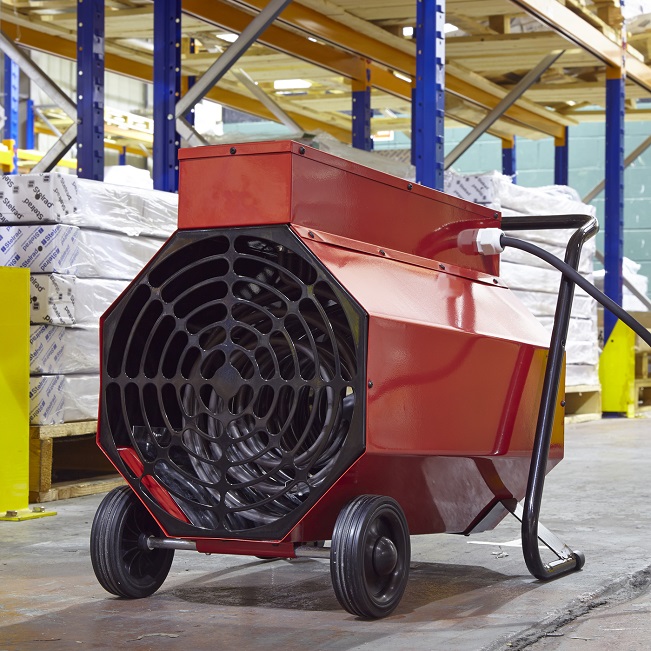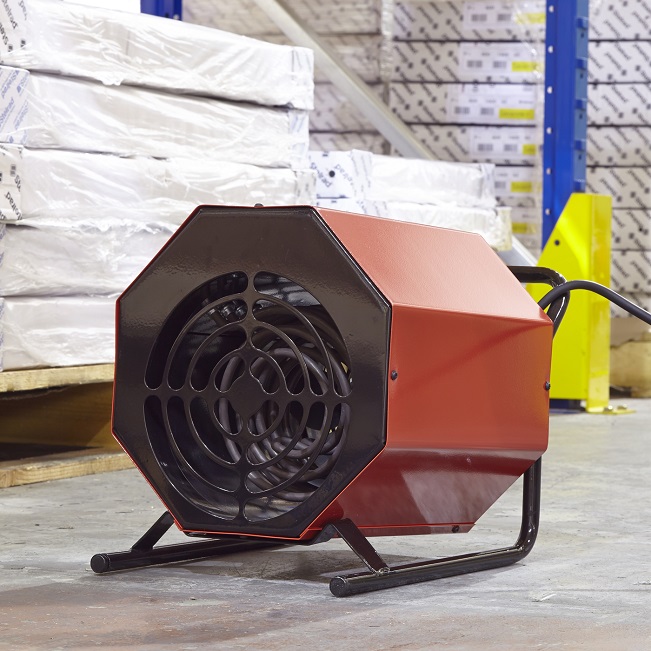Staying warm inside your garage or workshop during the colder months of the year can be very important to the quality of the work you’re performing. There’s nothing more frustrating than having to operate power tools with cold hands. In fact, it’s quite dangerous, and work protection gloves won’t always provide you with the warmth you need to get a good feel on the tools you’re using. For these reasons, having something to warm you up is incredibly important. While you can use a residential heater or your AC to do it, these appliances aren’t your best option, simply because they work best in well-insulated areas with central heating, which is why you should turn to industrial grade heaters.

Industrial grade heaters work great even in poorly-insulated areas that may also have significant temperature drops and extreme conditions. These industrial appliances provide directed, powerful heat to the specific area you’re working in, whether that’s a garage, a studio or a warehouse. Additionally, industrial heaters can also be used as dryers for quickly drying concrete and paint.
When shopping for heaters online or from an industrial appliances store, you’ll come across 4 basic types. All of them are all extremely efficient when it comes to heating up areas with significant temperature changes. The most commonly used industrial heaters are electric/fan-powered and gas/diesel/kerosine powered with radiant and infrared models being the less commonly used ones.

Electric/fan-powered heaters are easy to set up and use, and they work by converting electrical energy into heat. They do need to be plugged into a power outlet to work, so make sure to check out their power demands before purchasing them. Most models come with standard 110V-120V plugs, but there are also models that require 220V-240V. Gas/diesel/kerosene heaters, on the other hand, don’t require a power plug to work, but they’re also not really recommended for use in small areas with bad ventilation.
Radiant heaters provide spot heating to objects in the room, similar to how the sun’s rays work – they radiate warmth from the unit to people in its path. This makes them ideal for heating small areas and specific workstations. Similarly, infrared heaters produce targeted heat, and they’re ideal for small spaces where the heat needs to be directed into a single location. Both of these types operate silently, which is a great benefit.
























